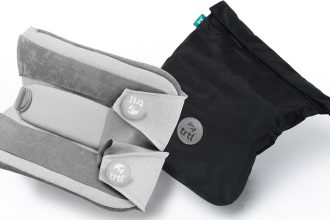Researchers at the University of British Columbia have succeeded in creating a low-cost and portable tool for the detection of microplastics, which is much faster and more accurate than traditional methods. This tool can be effective in identifying and measuring very small plastic particles that are not visible to the naked eye.
According to the scientific news department of Tekna Technology Media, microplastics, very small plastic particles, are considered a serious threat to human health and the environment due to their ability to absorb toxins and penetrate the human body. These particles are produced from the breakdown of larger plastics such as plastic bottles and bags and can be found in water, soil and even air. This tool is able to detect plastic particles with dimensions of 50 nanometers to 10 microns in a short time and with very high accuracy. The cost of each test using this tool is only 1.5 cents, making it a very cost-effective tool. Also, this tool is designed in such a way that it is very easy to use and even non-experts can use it easily. According to the researchers, the small size and light weight of this tool allows it to be easily transported in different environments.
This tool consists of a small, biodegradable box that contains a digital microscope, an LED light source, and a filter. Using this tool, a very small sample of liquid (less than a drop) is placed under a microscope and the plastic particles in it are visualized using fluorescent light. Then, an intelligent software accurately calculates the number and size of these particles. This tool can be used in various fields, including food quality control, to check the presence of microplastics in food and beverages, and to measure the level of water, soil and air pollution with microplastics.
Researchers are currently trying to commercialize this tool and develop its new applications. Also, they are working on improving the performance of this instrument and increasing its sensitivity to detect different types of plastics. Considering the serious risks of microplastics for human health and the environment, it is very important to reduce plastic consumption and replace it with environmentally friendly materials. Using recyclable and biodegradable containers, reducing the use of plastic bags and supporting the production of products with minimal packaging are among the actions that each person can take to reduce microplastic pollution. The development of this new tool is an important step in dealing with the problem of microplastic pollution. Using this tool, it is possible to accurately and quickly measure the amount of contamination with microplastics and take the necessary measures to reduce this contamination.
To see the latest news, refer to the scientific news page of Tekna Media.
RCO NEWS















